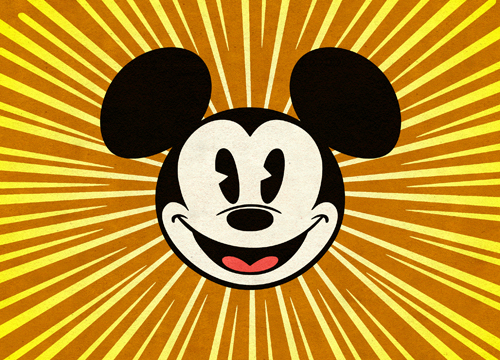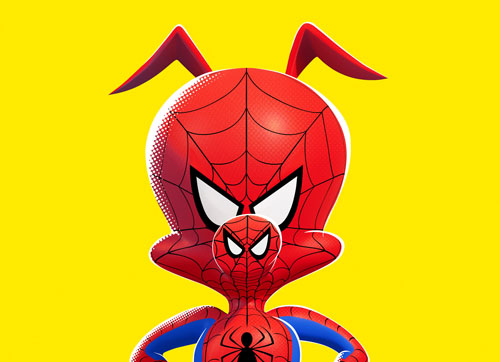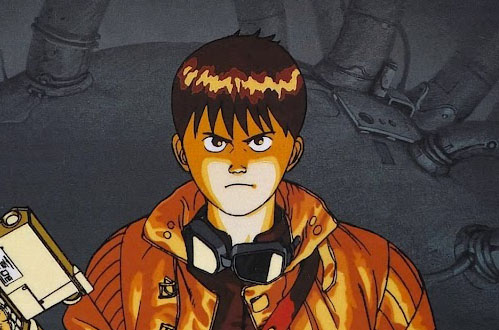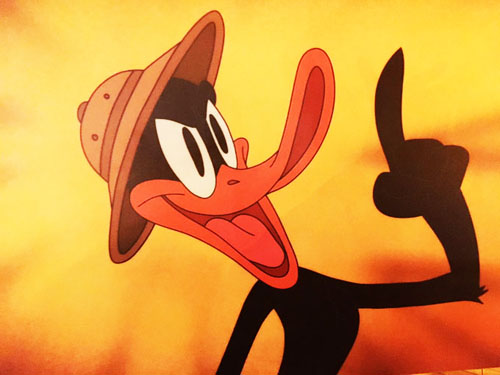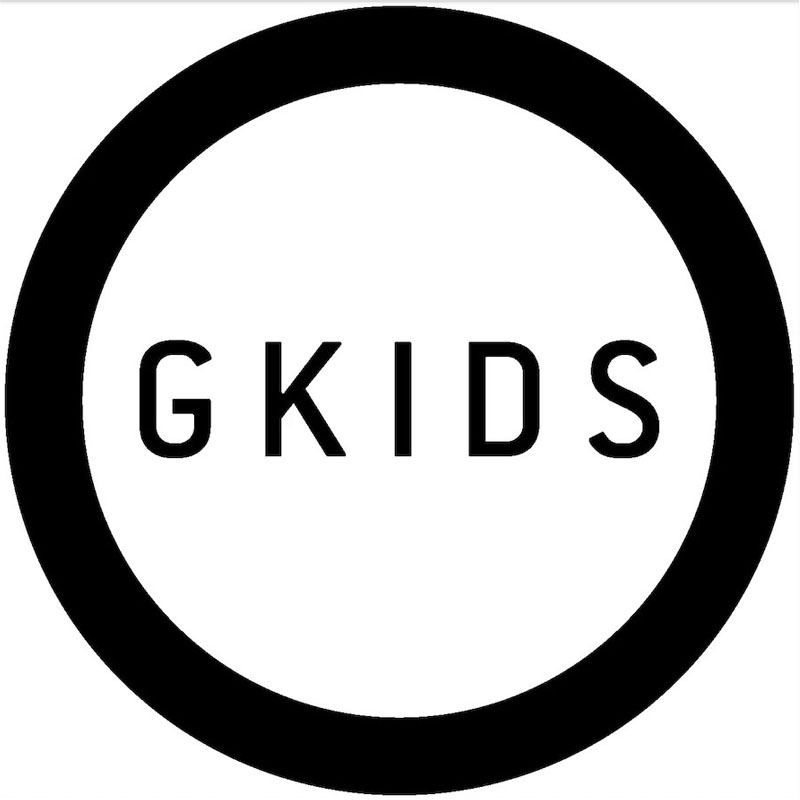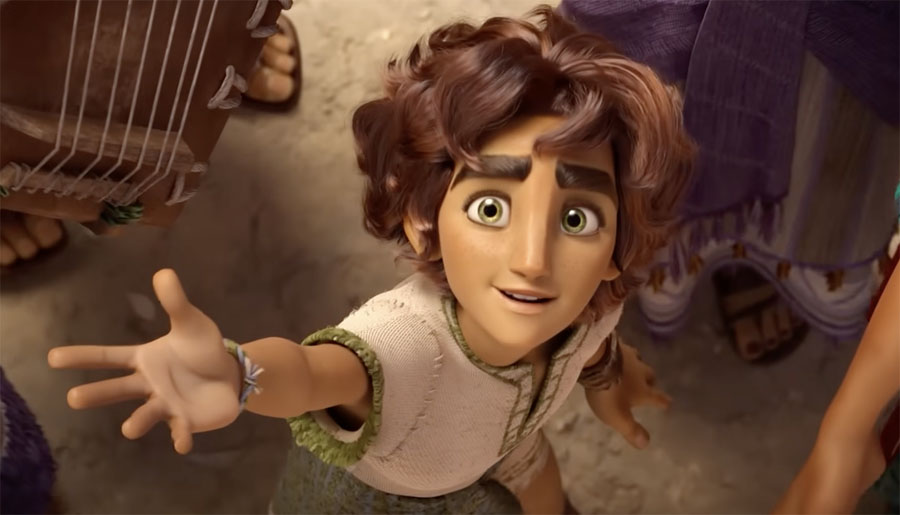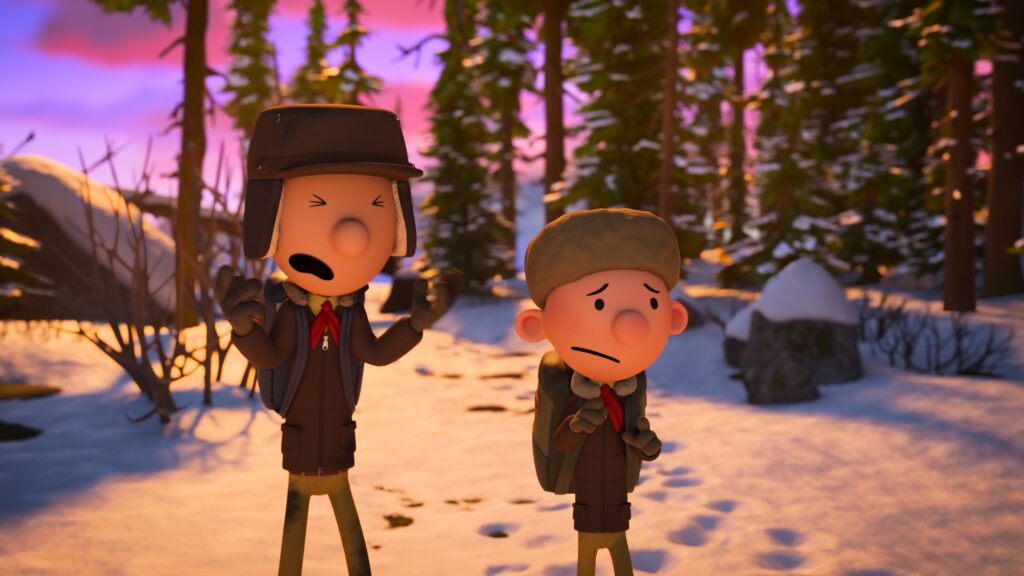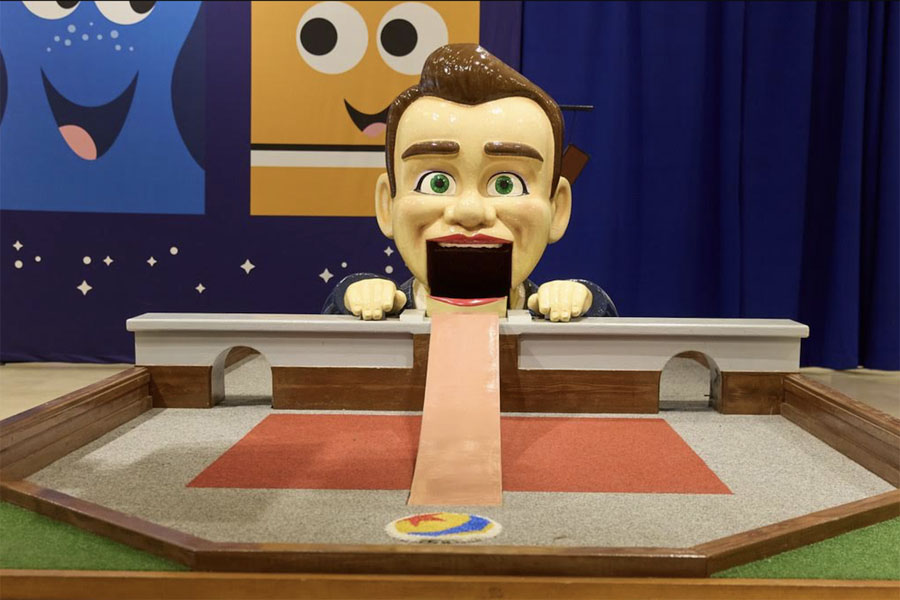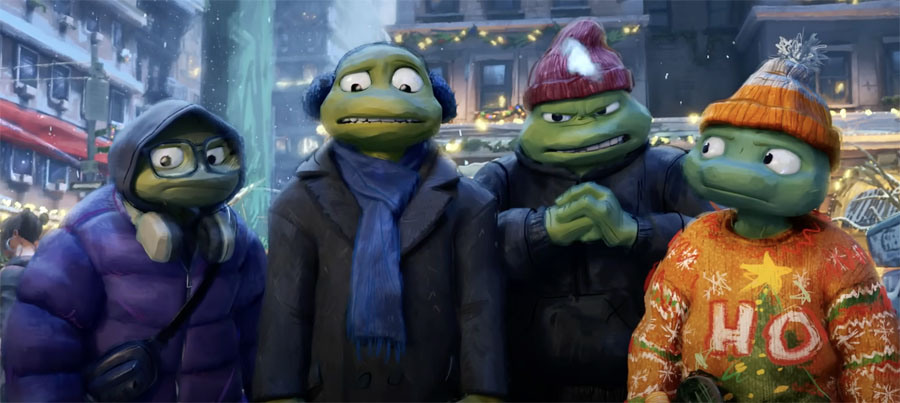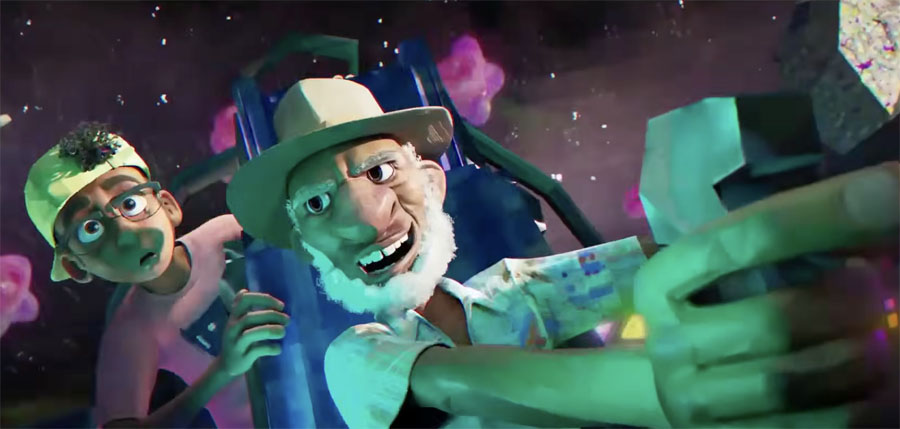Although millions of Americans, especially Americans udner 30, buy and read manga, they’re only seeing the tip of the proverbial iceberg. Manga culture remains far more complex and diverse than readers in the US realize, as Gengoroh Tagame’s singular My Brother’s Husband demonstrates.
Tagame is a celebrated manga-ka, or manga artist, best known for his homoerotic stories that feature sadomasochistic elements. Tagame’s dark fantasies are completely unlike the popular feathery romances between willowy young men in yaoi/boy’s love manga, which are created by women for female readers. Tagame is openly gay, and his audience is gay Japanese men. The warmer, gentler “My Brother’s Husband” is his first work intended for a more mainstream audience.

A divorced father living in a small suburb of Tokyo, Yaichi manages the apartment building he inherited from his parents and takes care of his precocious daughter Kana. Yaichi’s comfortable, quiet life is knocked askew by the arrival from Canada of Mike Flanagan—the widowed husband of Yaichi’s estranged twin brother Ryoji.
Mike is a big, ursine man, similar to the characters in Tagame’s homoerotic stories. Everything about him seems strange and un-Japanese: his size, his full beard, his openly affectionate demeanor. Kana is delighted with her exotic new uncle who hugs her and makes her macaroni and cheese. Yaichi reluctantly invites Mike to stay with them.
Mike’s presence forces Yaichi to confront issues and personal demons he’s kept at arm’s length for years. Although he and his brother were close when they were growing up, they drifted apart after high school. Ryoji came out, went to a different college, moved to Canada and married Mike.
Yaichi examines not only his feelings for his twin, but his attitude toward homosexuality and the place gay people occupy in contemporary Japan. In traditional Japanese society, homosexuality wasn’t regarded as particularly immoral or scandalous, as long as the man married and fathered an heir. (A considerable body of literature exists involving romances between samurai and their beautiful page boys.) But gay marriage is not legal in Japan, and remains a controversial issue.
When the mother of a friend forbids her daughter to visit, fearing Mike will be “a bad influence,” Kana is puzzled and Yaichi is appalled. He’s moved by the gentle way Mike talks to Kazuya, the older brother of another of Kana’s friends, who comes out to him. The teen-ager cries with relief as he talks to an openly gay person for the first time. It’s difficult to imagine the fathers in “Little Lulu” or “Archie” dealing with these issues.

Tagame makes it clear that Yaichi is a thoroughly decent man and a devoted father. Although he’s on good terms with his ex-wife, he’s obviously lonely. Blithely outgoing Mike offers the friendship he’s needed—but he also presents an unabashed sexuality. In America, children are taught, “The squeaky wheel gets the grease;” in Japan, “The nail that sticks up gets hammered down.”
Tagame’s exceptional draftsmanship also sets his work apart. Using strong black lines and minimal shading, he draws his characters with accurate anatomy, believable weight, clear expressions and palpable presence. Few American graphic novels are drawn with comparable skill. Tagame clearly has fun contrasting Mike’s size with the shorter Japanese characters and the smaller scale of their home. When Yaichi shows Mike to the guest room, the top of the door frame only reaches the bridge of his nose.
My Brother’s Husband won the Agency of Cultural Affairs Media Arts Award for Outstanding Manga in Japan. Additional volumes have already been published in French; Pantheon will publish the second book in English in 2018.
My Sister’s Husband Volume 1
by Gengoroh Tagame
(Pantheon: $24.95, hardcover, 352 pp)
